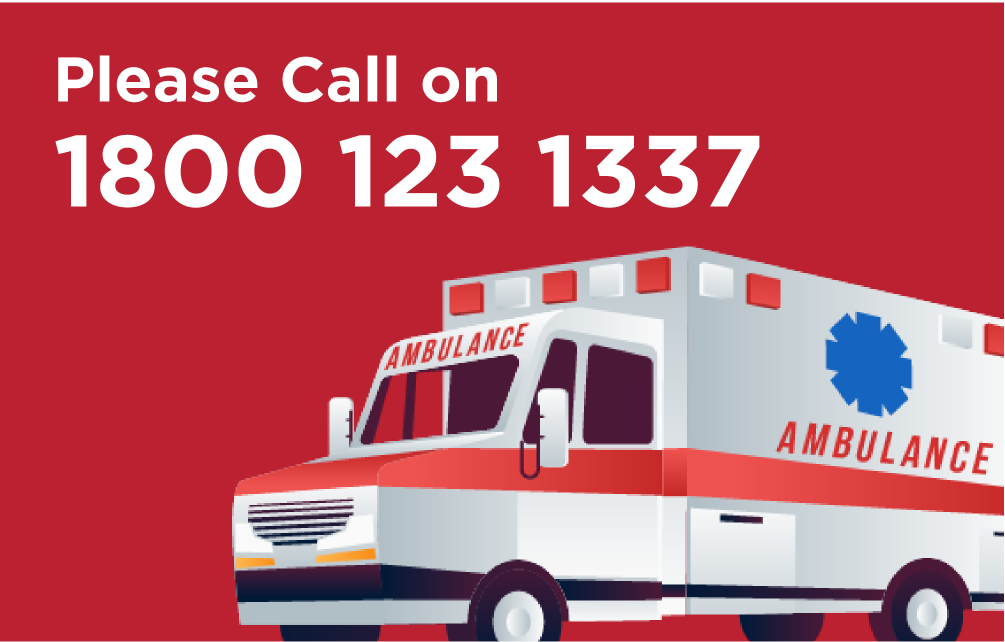Types of Eating Disorders

Here are some of the most common types of eating disorders and their symptoms:
1. Anorexia Nervosa:
People with anorexia feel they can never be thin enough and continue to see themselves as “fat” despite extreme weight loss. A person with anorexia is preoccupied with calorie intake and weight. People with anorexia nervosa eat an extremely low-calorie diet and have an excessive fear of gaining weight. They often feel better about themselves when they lose weight.
Signs and Symptoms
- Dramatic weight loss
- Very restricted eating patterns
- Persistent behavior interfering with weight gain despite low weight, such as fasting or excessive exercise
- Issues with body image or denial that underweight condition is a serious problem
- Avoiding eating in public or with others
2. Bulimia Nervosa:
It is characterized by recurrent binging and purging that involves feeling a lack of control over your eating. During these episodes, they typically eat a large amount of food in a short time and then try to rid themselves of the extra calories in an unhealthy way. Because of guilt, shame, and an intense fear of weight gain from overeating, they may force vomiting or may exercise too much or use other methods, such as laxatives, to get rid of the calories.
Signs and Symptoms
- Evidence of binge eating, including the disappearance of large amounts of food in short periods of time or lots of empty wrappers and containers indicating consumption of large amounts of food
- Constant vomiting causes gastroesophageal reflux disorder
- Self-esteem overly influenced by body shape and weight
- Disordered eating and purging behaviors occur at least once a week for 3 months
3. Binge Eating Disorder
Also known as compulsive overeating, BED typically begins during adolescence and early adulthood, although it can develop later on. Individuals with this disorder have symptoms similar to those of bulimia or the binge eating subtype of anorexia. For instance, they typically eat unusually large amounts of food in relatively short periods of time and feel a lack of control during binges.
Signs and Symptoms
- Feel shame or disgust when thinking about their binge eating
- Eating until feeling uncomfortably full
- Episodes occurring regularly, around once a week
- Creates lifestyle schedules or rituals to make time for binge sessions
- Constantly dieting, but rarely losing weight
4. Otherwise Specified Feeding Or Eating Disorder (OSFED)
The majority of those with eating disorders do not fall within the guidelines for anorexia, bulimia, and binge eating disorder and are classified as OSFED. To be diagnosed as having OSFED a person must present with feeding or eating behaviors that cause clinically significant distress and impairment in areas of functioning but do not meet the full criteria for any of the other feeding and eating disorders. Because OSFED encompasses a wide variety of eating disordered behaviors, any or all of the following symptoms may be present in people with OSFED.
Signs and Symptoms
- Atypical Anorexia Nervosa: All criteria are met, except, despite significant weight loss, the individual’s weight is within or above the normal range.
- Bulimia nervosa (of low frequency and/or limited duration) – where someone has all of the symptoms of bulimia, except the binge/purge cycles don’t happen as often or over as long a period as doctors would expect.
- Binge Eating Disorder that is less frequent or did not occur as long as needed for the full diagnosis
People should seek treatment for eating disorders as soon as possible. Eating disorders increase the risk of both physical health complications and psychological disorders, such as depression and anxiety.
If you recognize the symptoms of an eating disorder (in yourself or anyone else), reach out for help before the condition takes a drastic toll on your physical and mental health. At Regency, we have the best and most experienced psychiatrists and psychologists to help you heal your mind, body, and soul. Visit us today.
Read more about Gastrointestinal Disorders

 Call-an-Ambulance
Call-an-Ambulance



